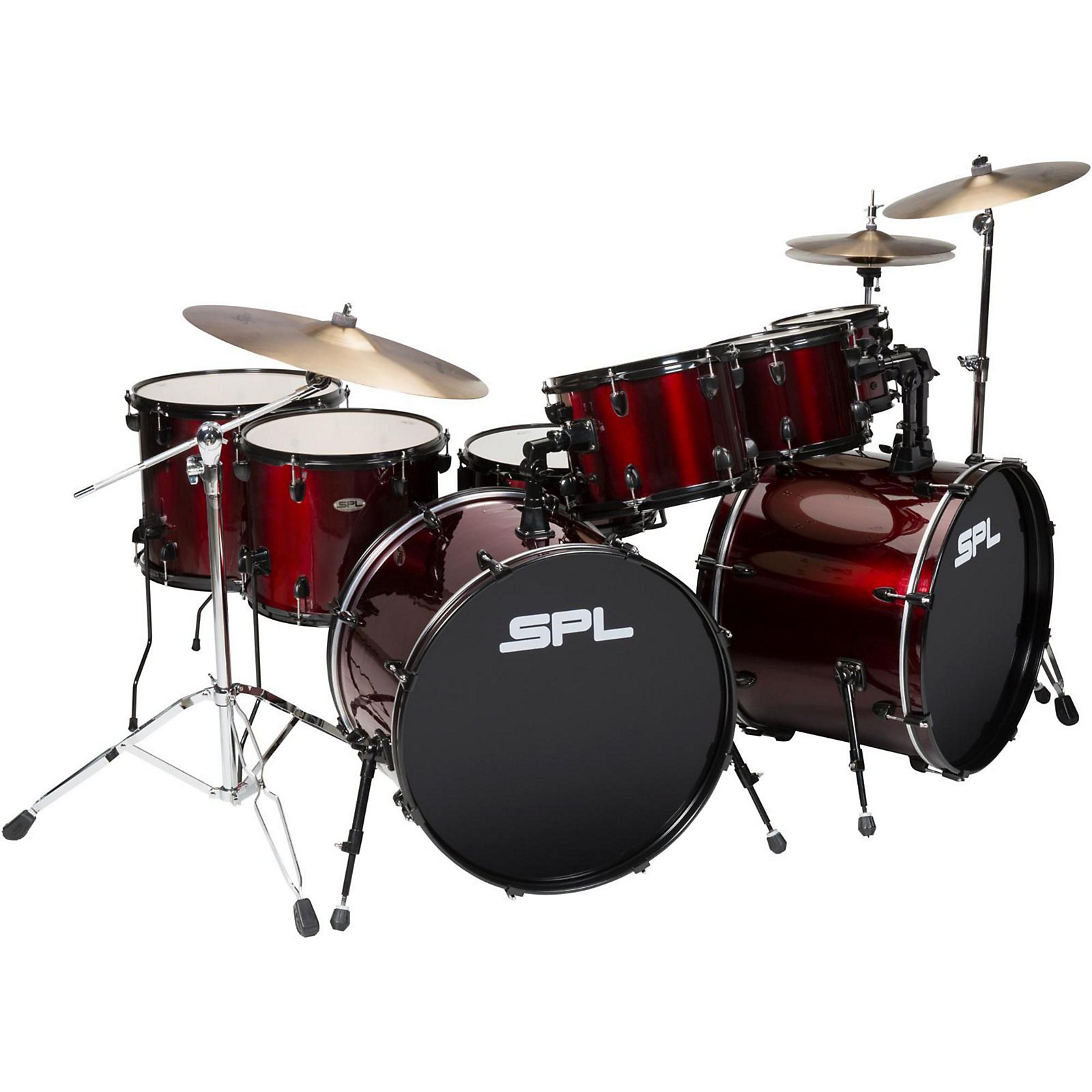

You can even use several layers to make up a single part of the sound. The Fundamental Layers as I personally see them are: Even if you are using a single kick drum, you will still have these aspects of the sound. I divide the main parts of the bass drum hit into 3 main layers. You can use many layers to make up a single part of the sound, such The Layers of a Bass Drum Sound This is especially useful for short and percussive sounds, like a bass drum sound for example. Next you should experiment with the power of layering to create bigger, richer and fatter sounds.

There are many types of low hit sounds that you can use on their own, or as layers for your bass drum sound. The most essential kick drums here are the punchy 909 kick and the boomy 808 kick. The classic acoustic drum kit have many variations and sizes for the kick drum. Their purpose is to provide the deep powerful percussion sound for the low-end of your music.ĭeep and thundering cinematic percussion like the Gran Cassa or Taiko Drums. Here are the most common types of bass drum sounds. Their main tone, character and color etc. Your first action is to do a listening session with the purpose of developing and improving your ear for the different kinds of bass drums and variations of them. So grab a cup of coffee and join me now: to learn, implement and master: the bass drum sounds in your music productions! 1. My name is Mike, founder of, music composer and sound designer since 1998, old school nerd, and coffee addict. How to get the Kick Drum cut through in the mix? Hello Composers! =) Whether you want a powerful, deep and boomy sound, a tight and focused sound, or a bass drum that punch you in the face. You can then do all the tweaking that we have suggested here from the inside of one interface so you can really learn how your sound is affected.Would you like to learn the techniques and tools for designing, shaping and mixing bass drum sounds that are perfect for your music productions? Not only do these plug-ins supply you with that core ingredient, they’ll often throw in effects, envelopes and other parameters. Another, and equally simple solution is to use a dedicated kick drum VST to generate your core sound – something like Plugin Boutique’s Big Kick or Sonic Academy’s Kick 2. Of course, if a kick drum isn’t working for you, another method is just to change that kick sound to another, but, ultimately, that’s kind of glossing over the problem.

This blending tends to work much better as you keep more of the character of the original kick and the reason you chose it in the first place, rather than completely destroying it with over processing. It really helps you to both compare and contrast the effect the process is having on your sound and to mix doses of the effect with the original kick.


 0 kommentar(er)
0 kommentar(er)
